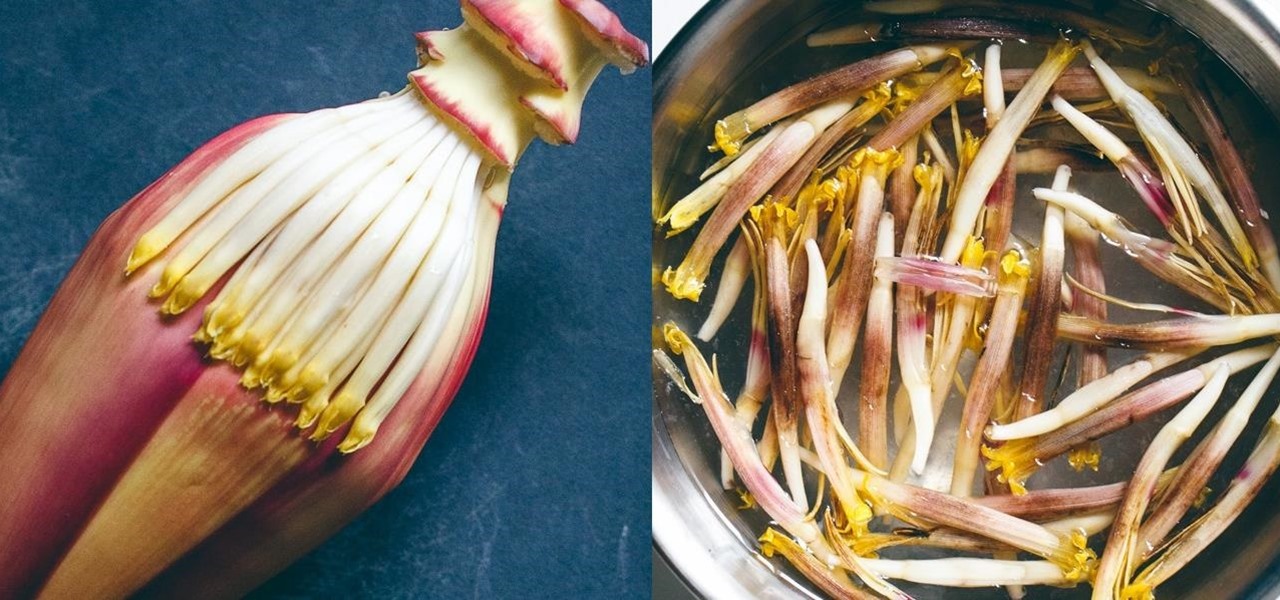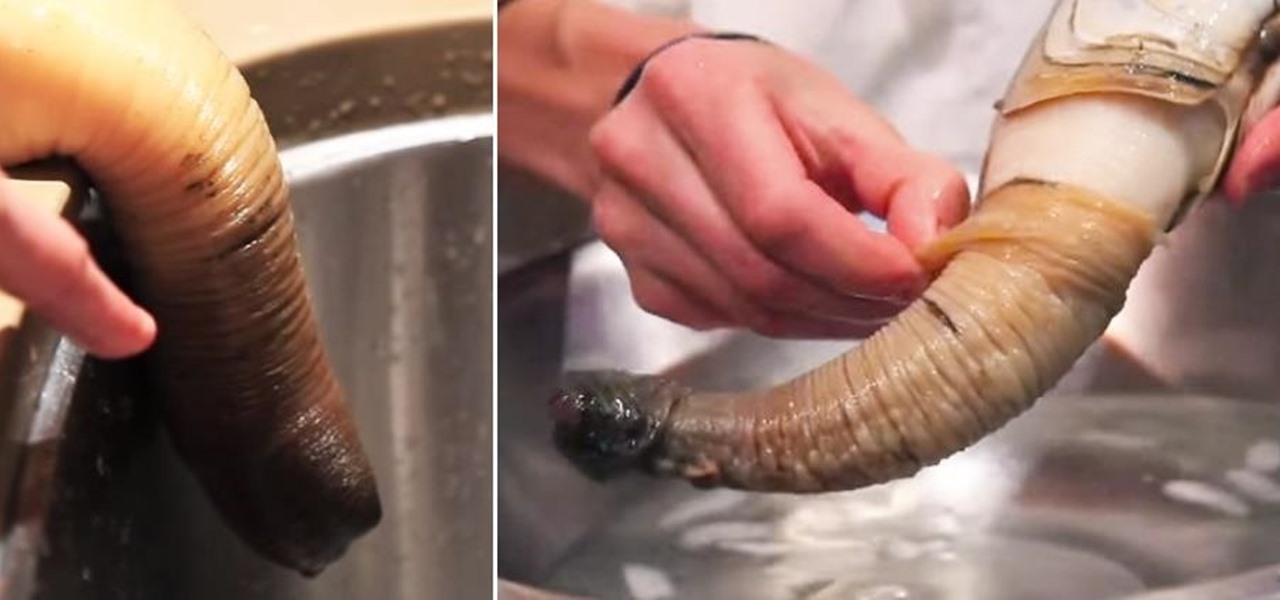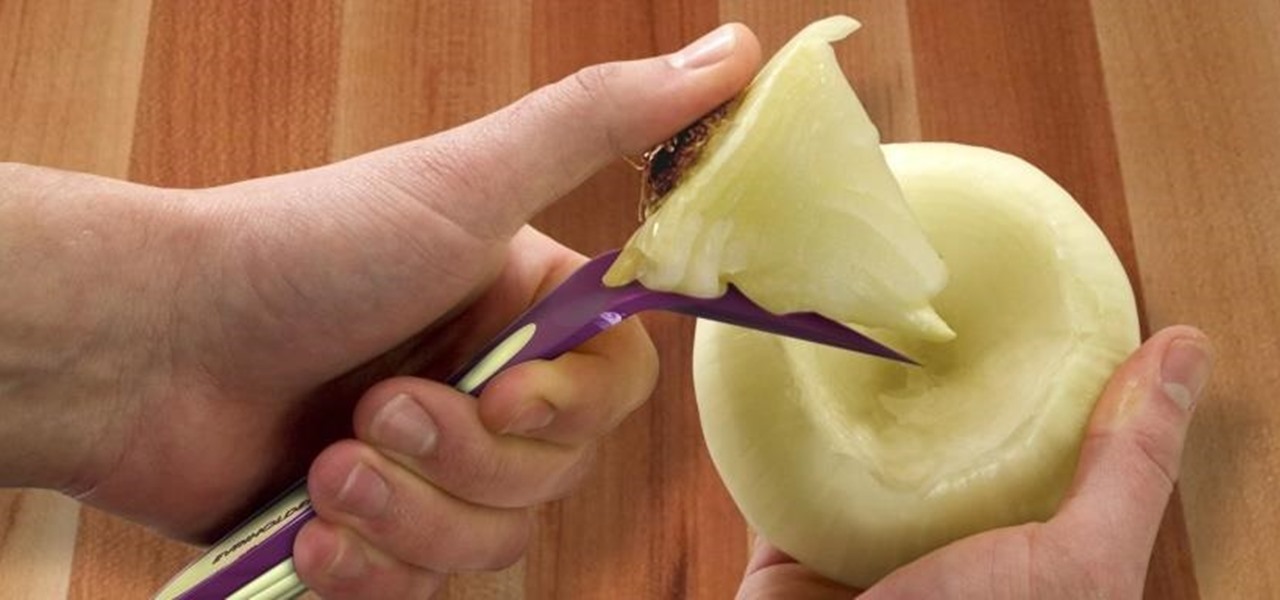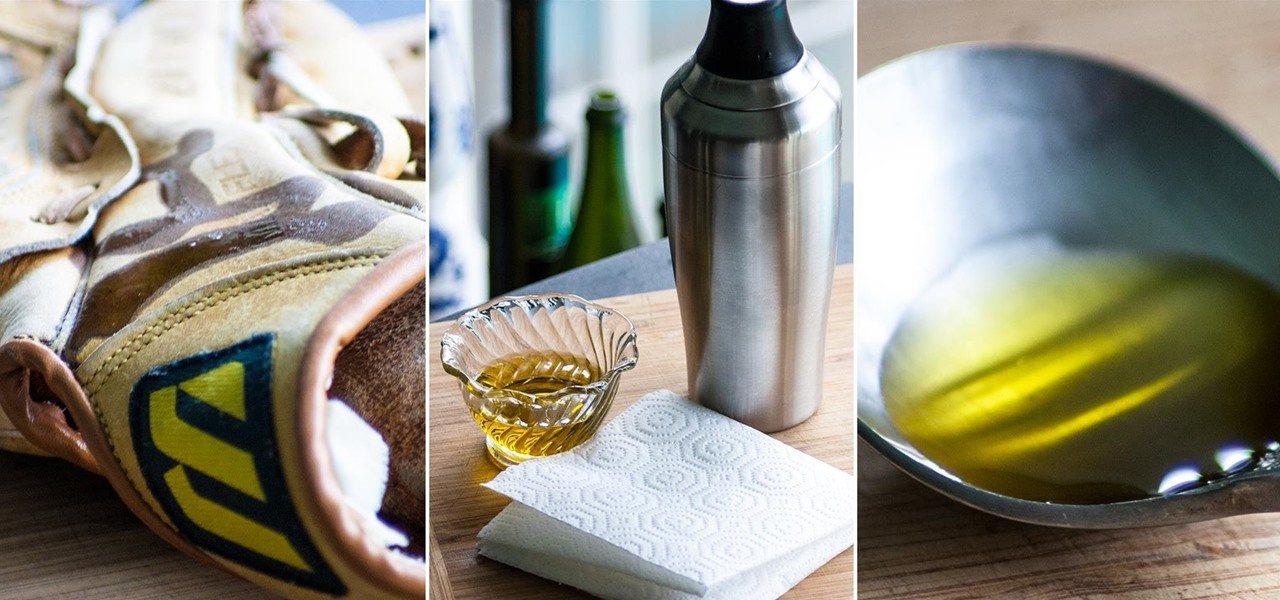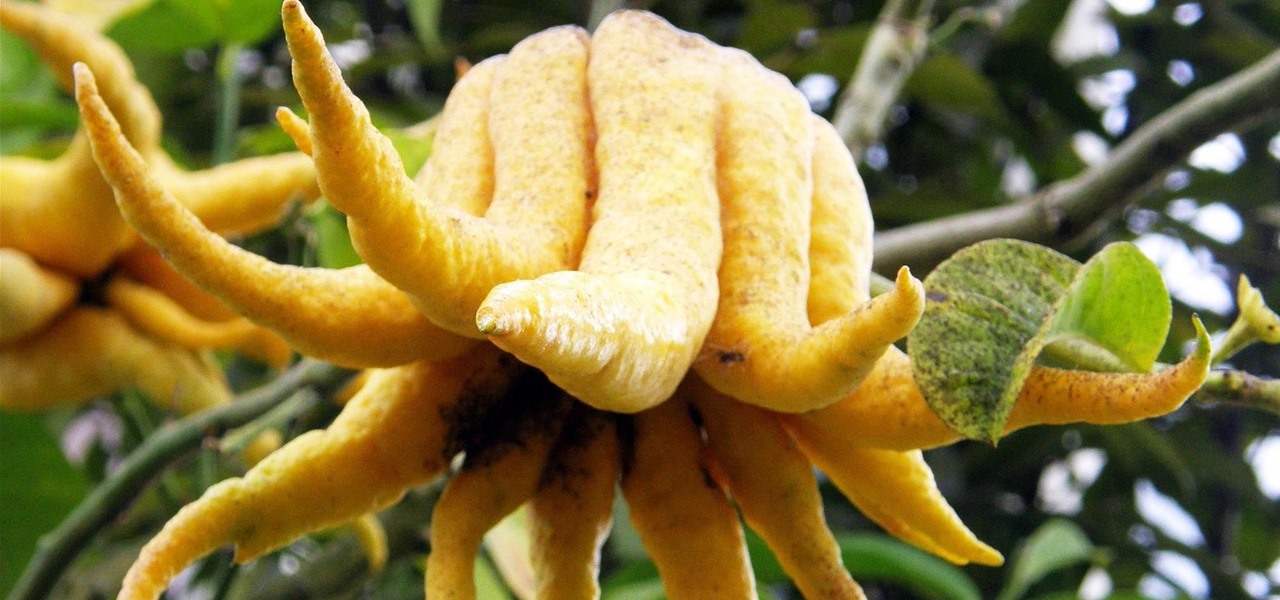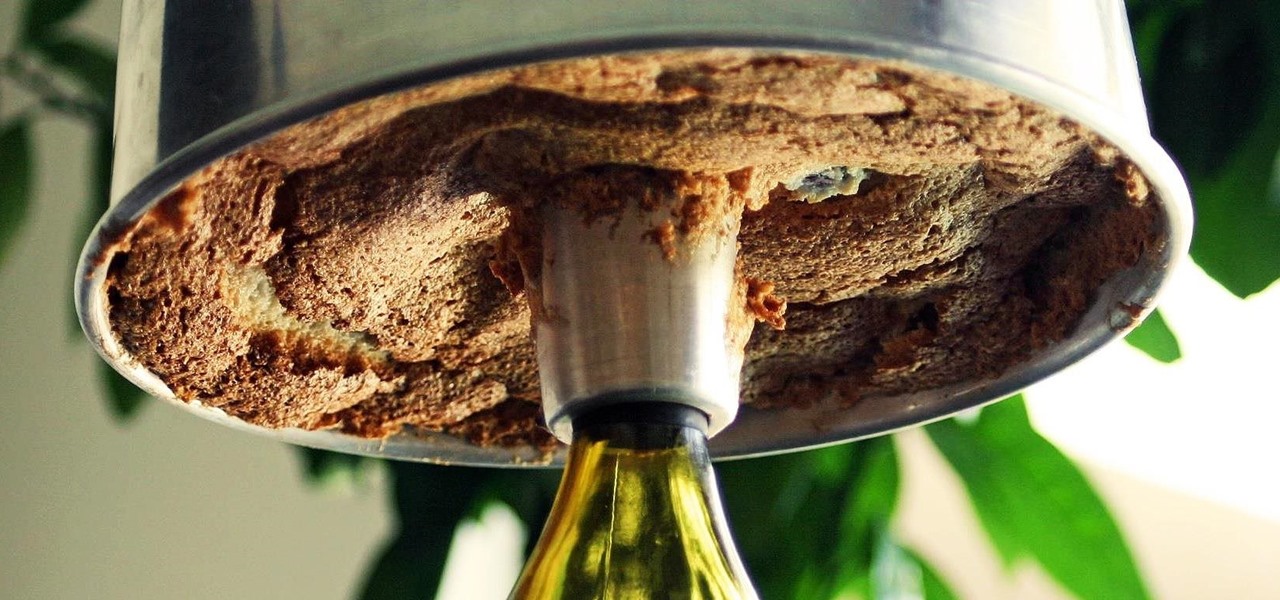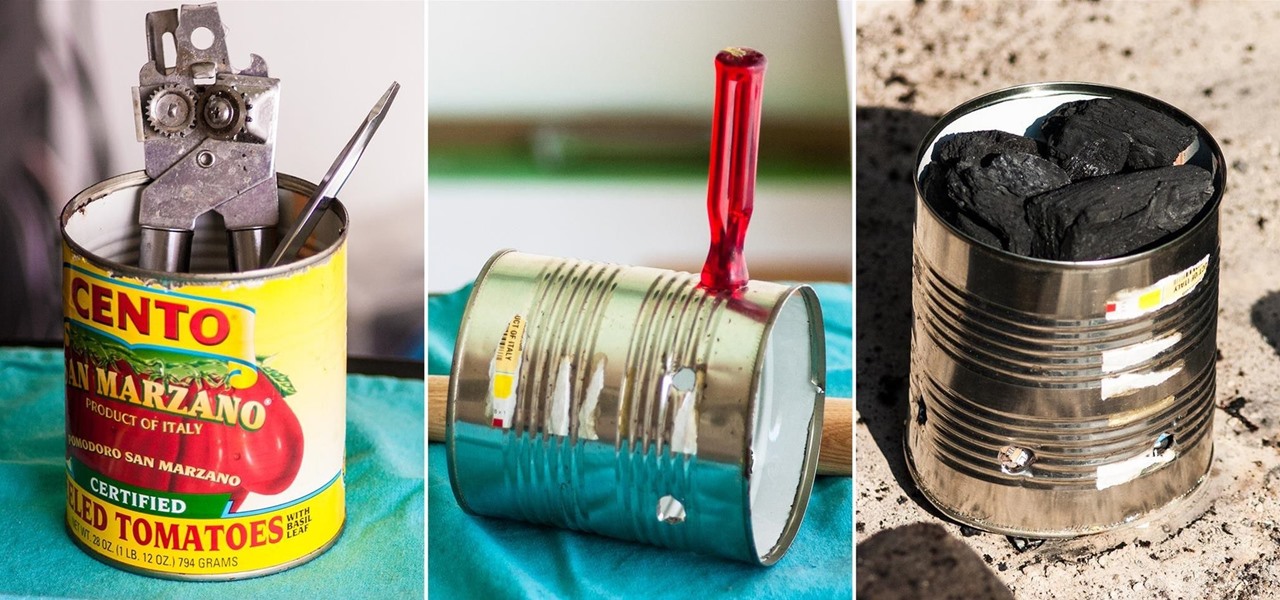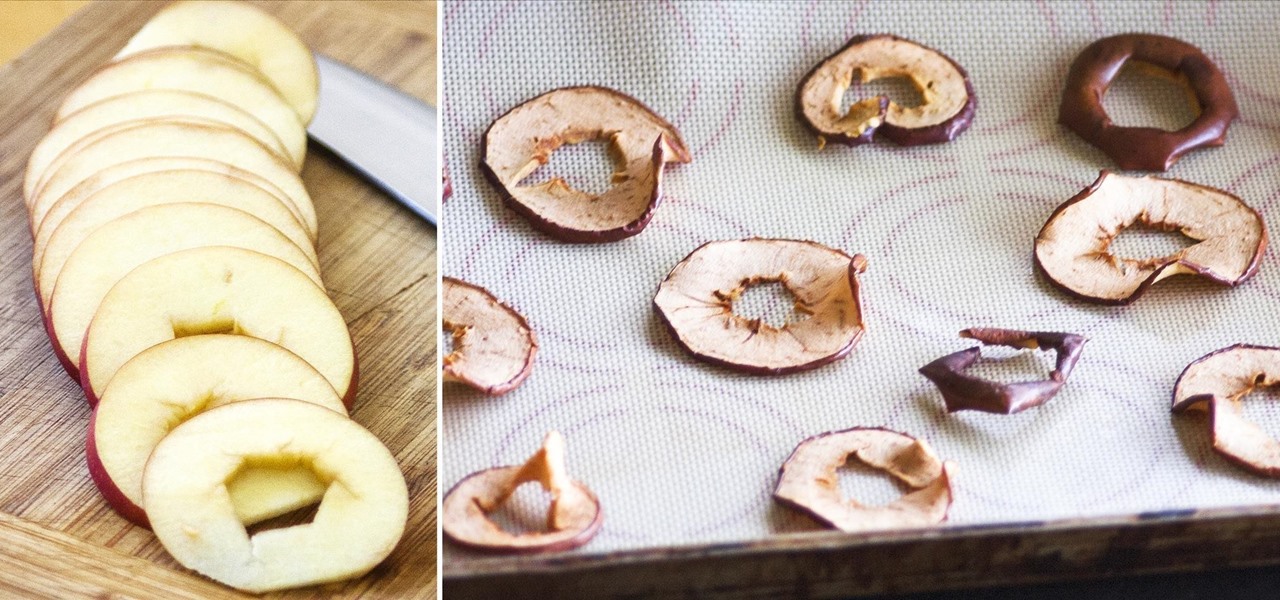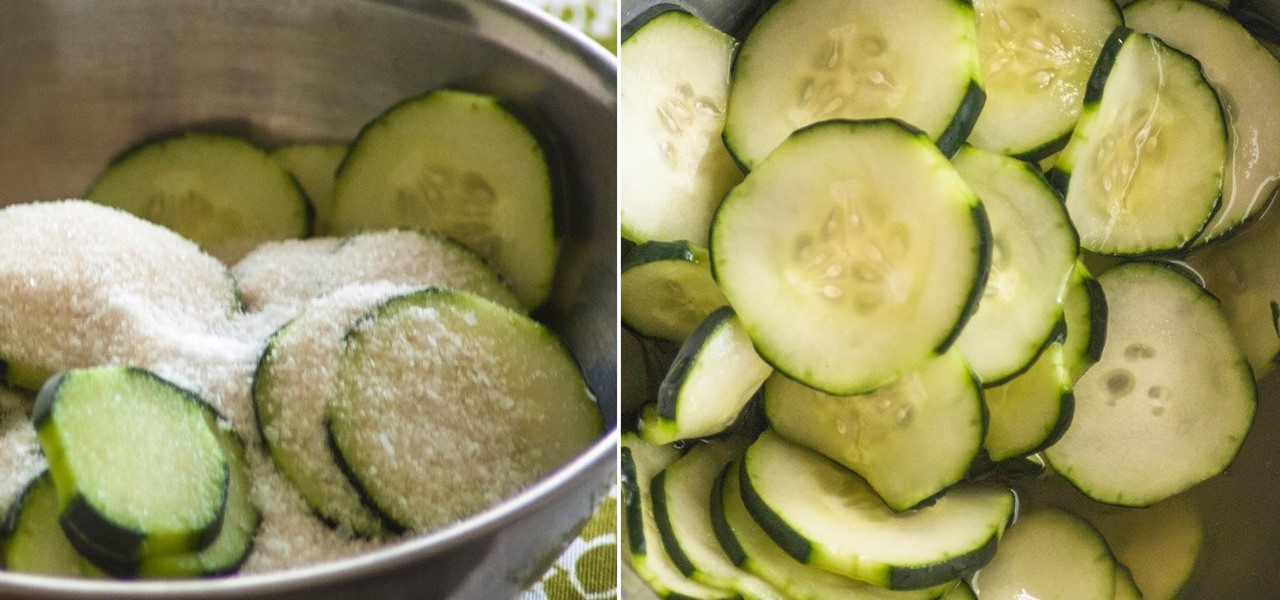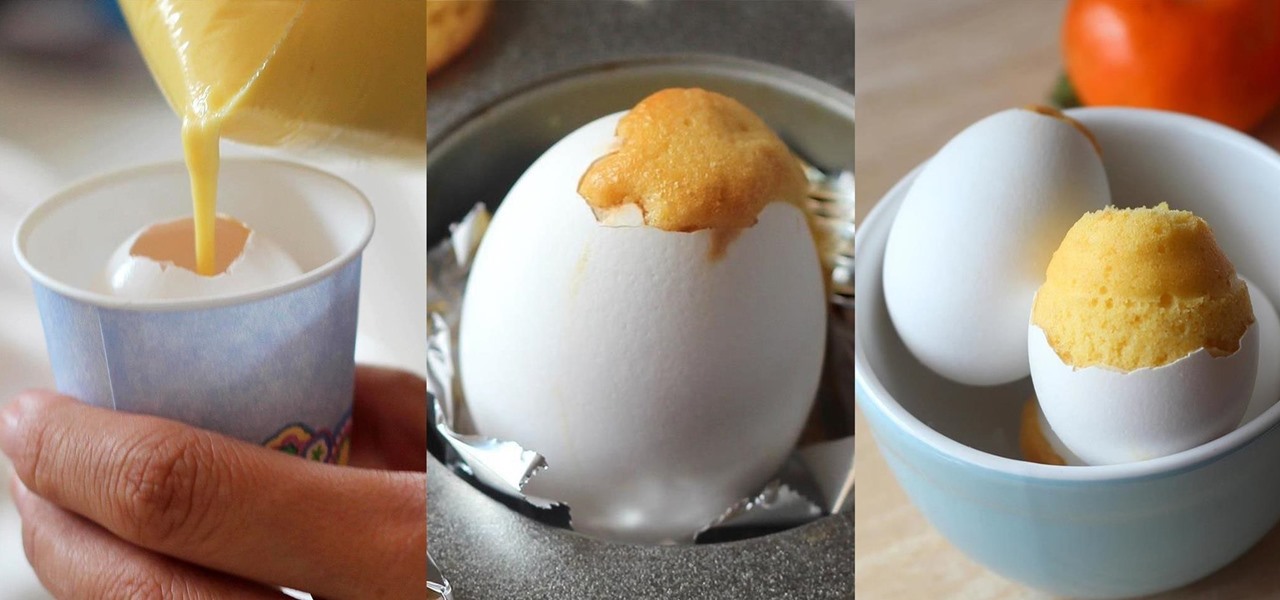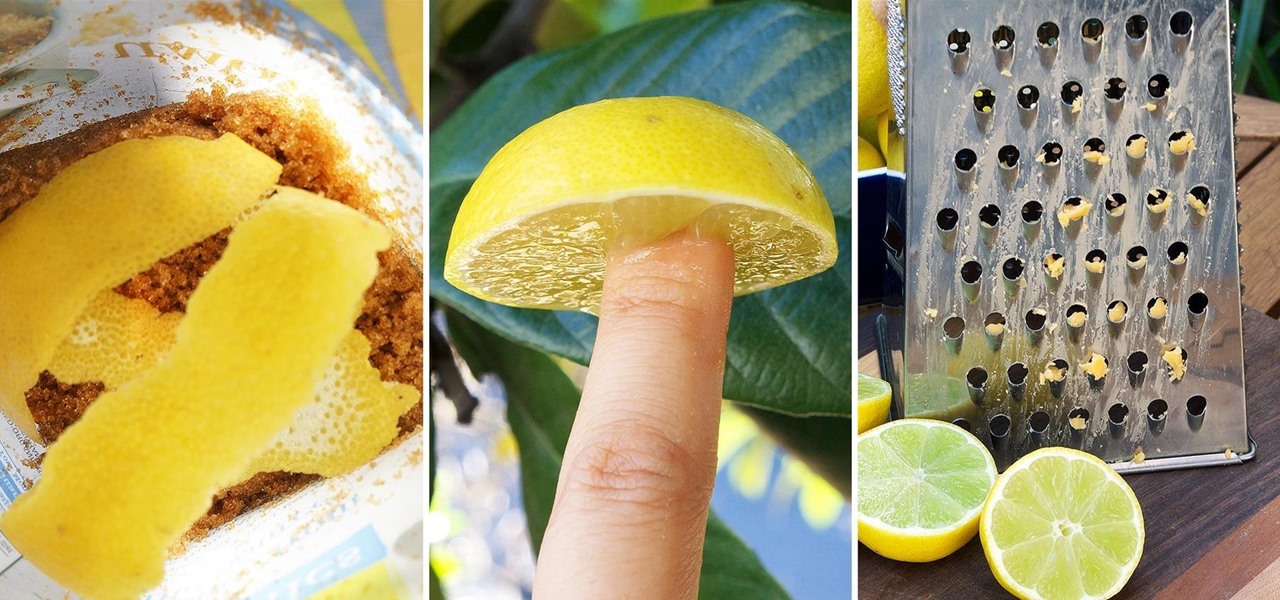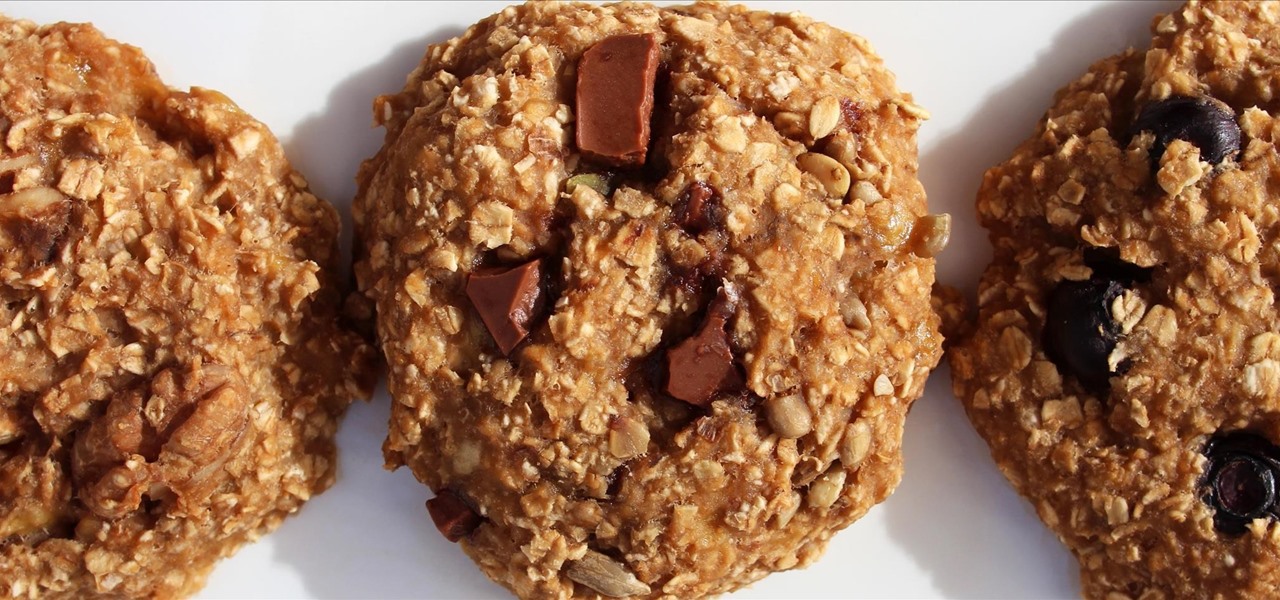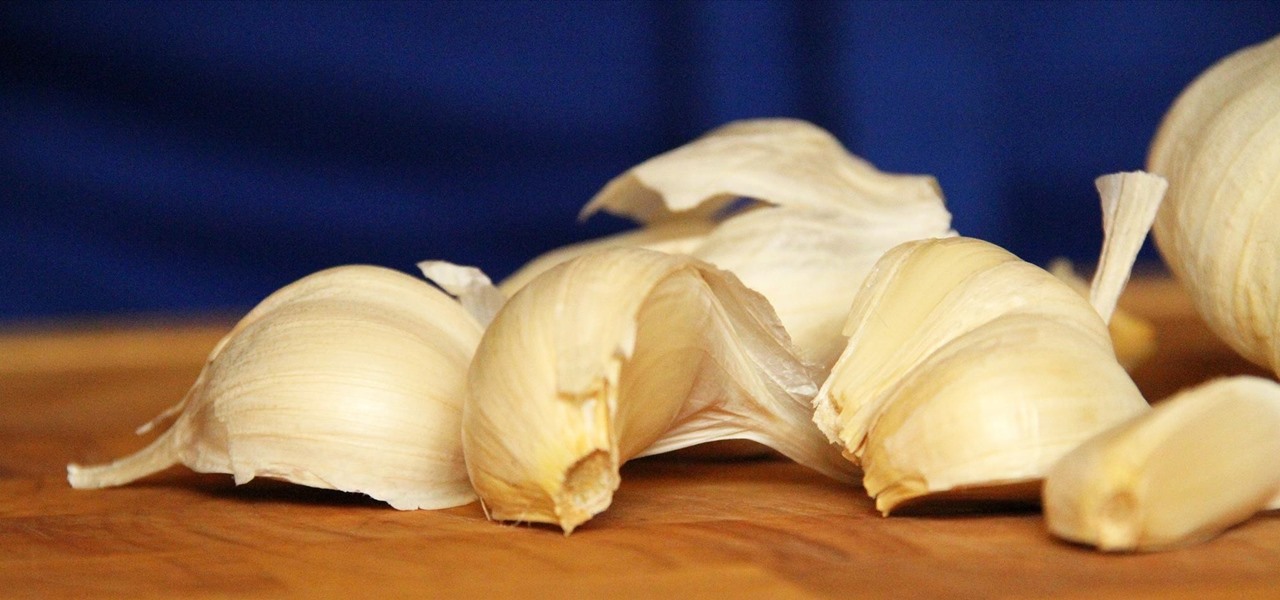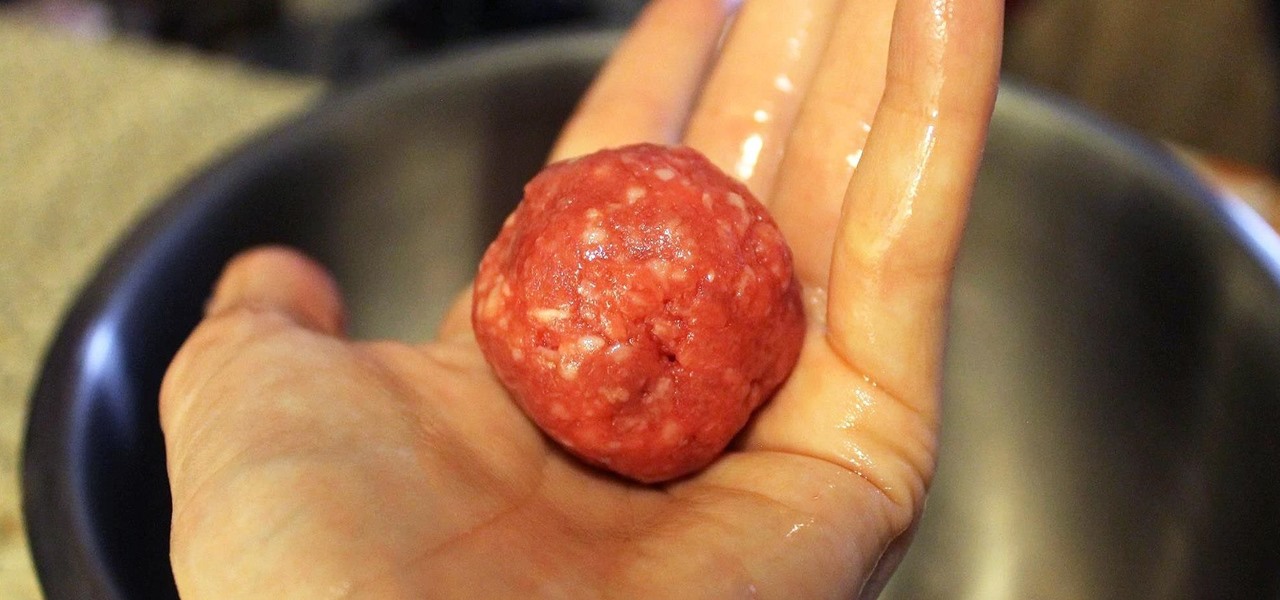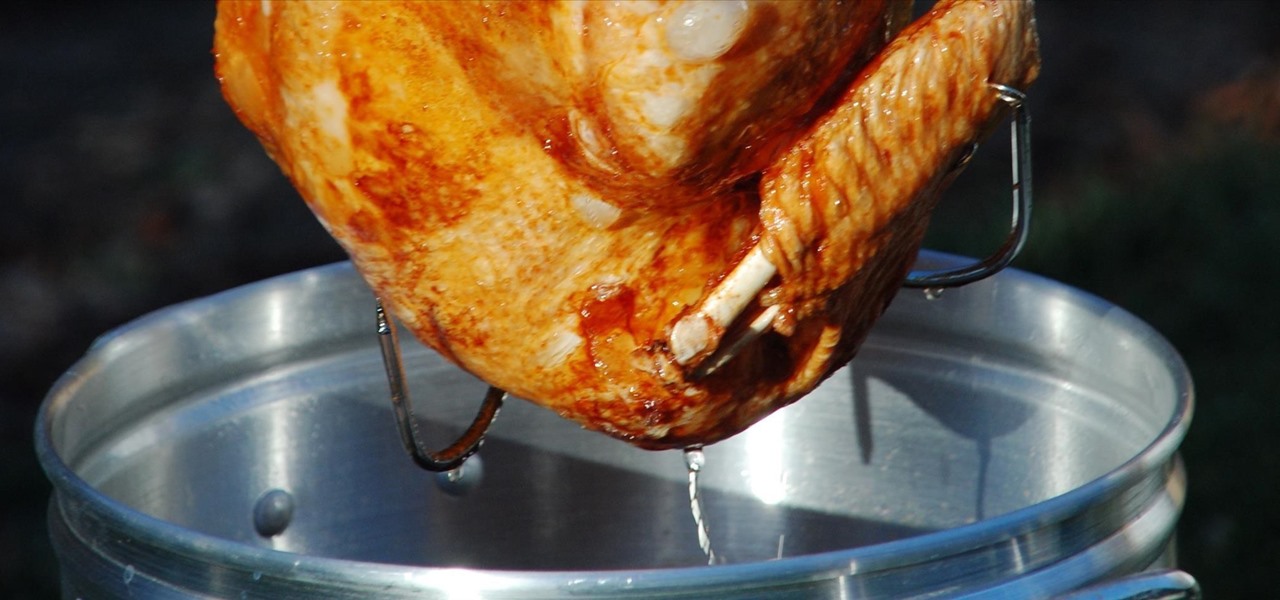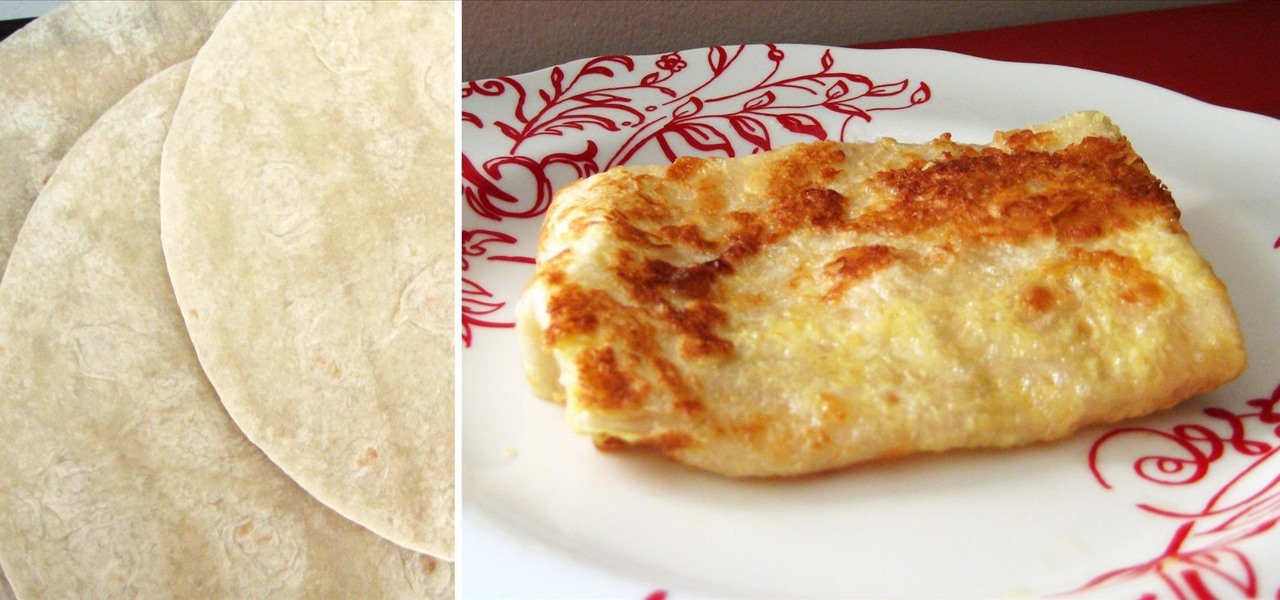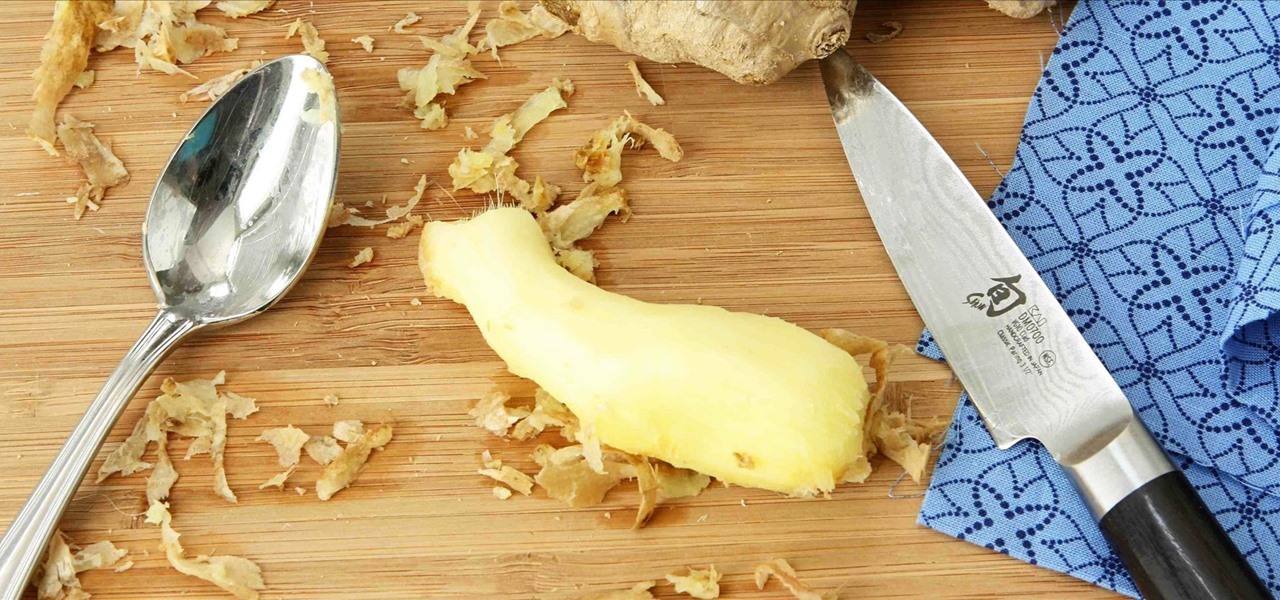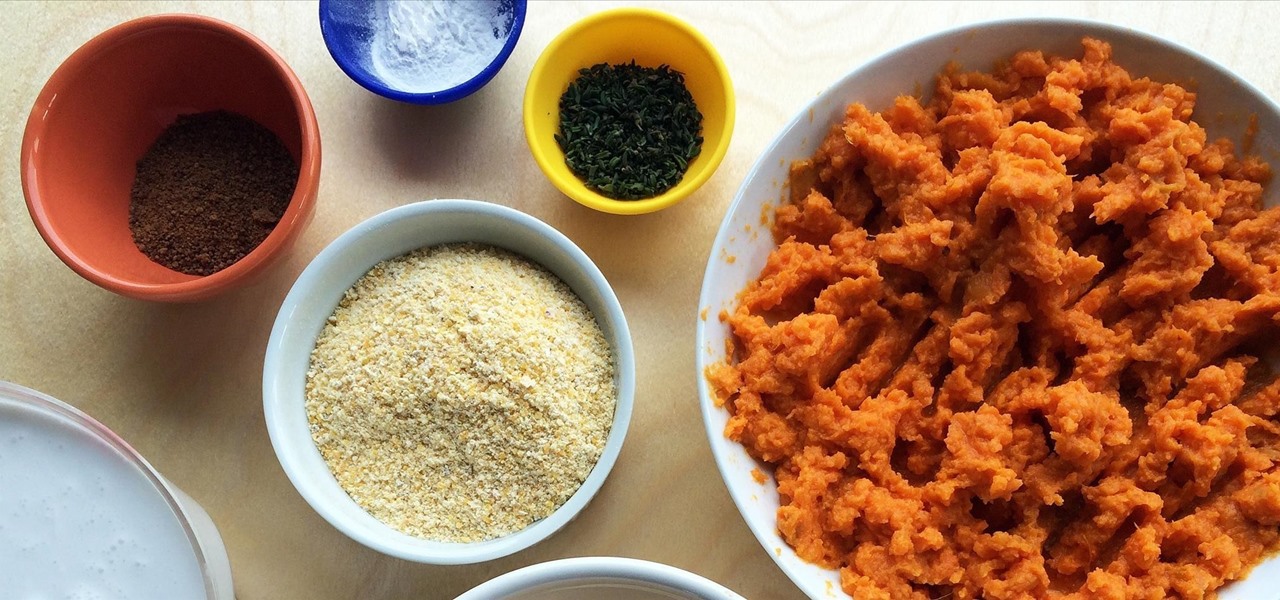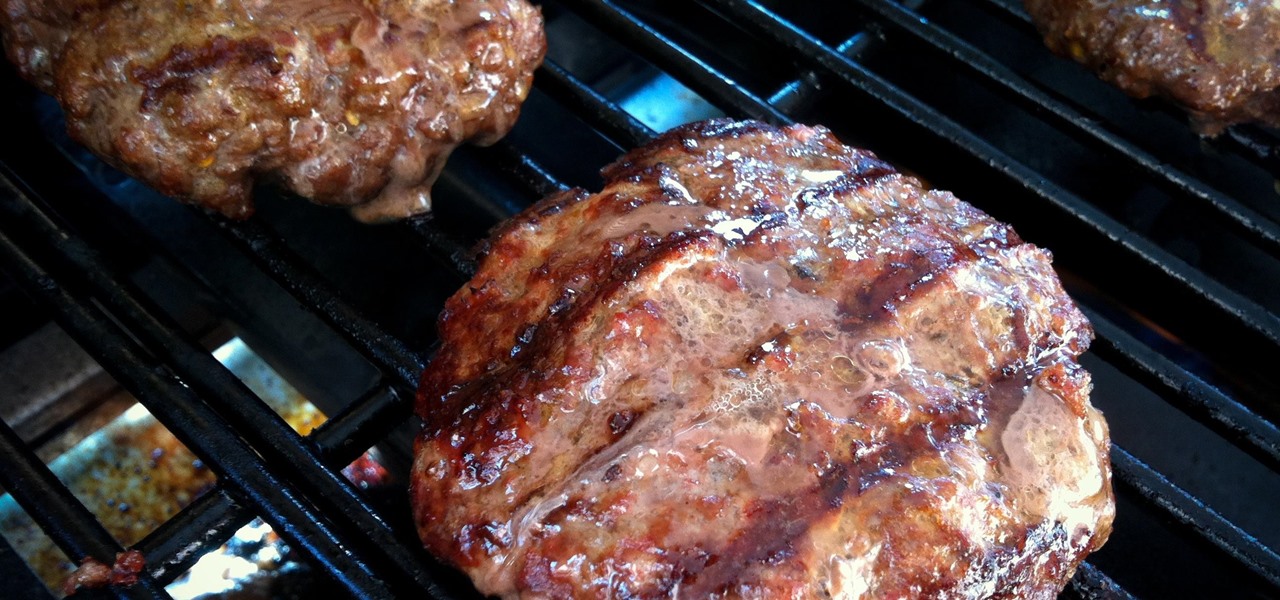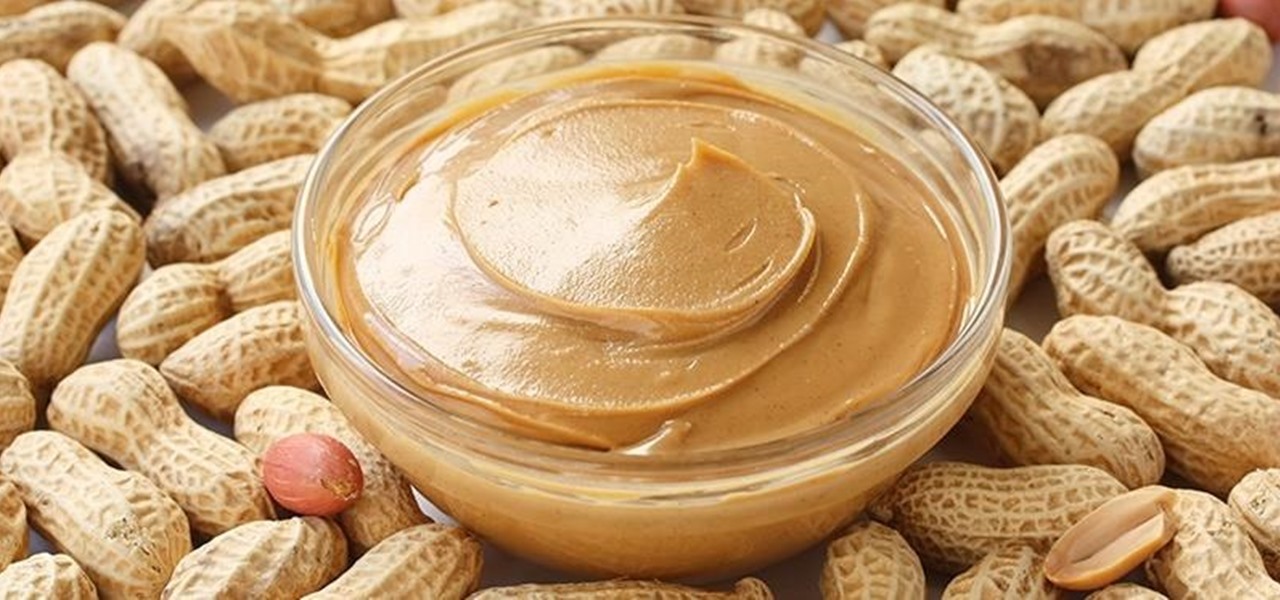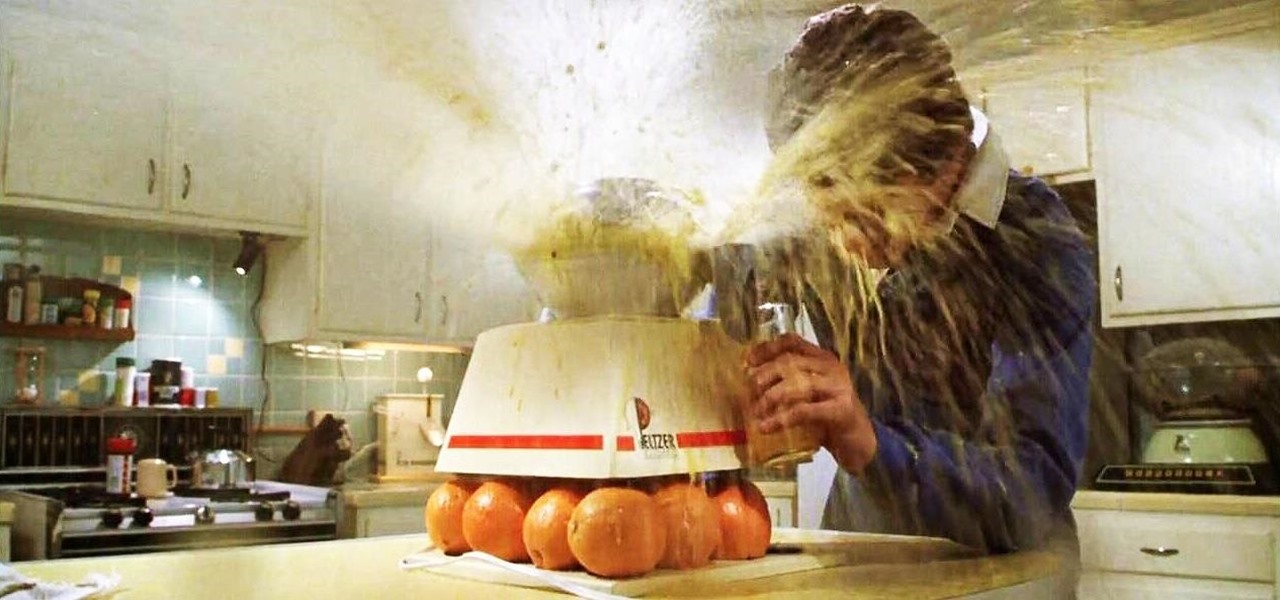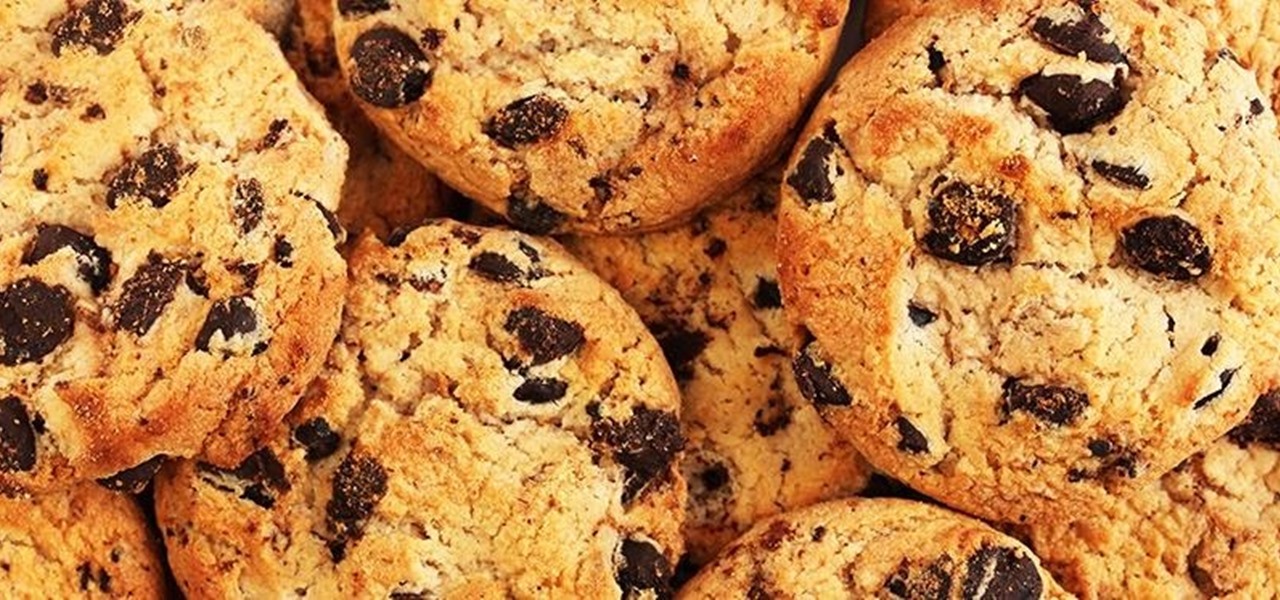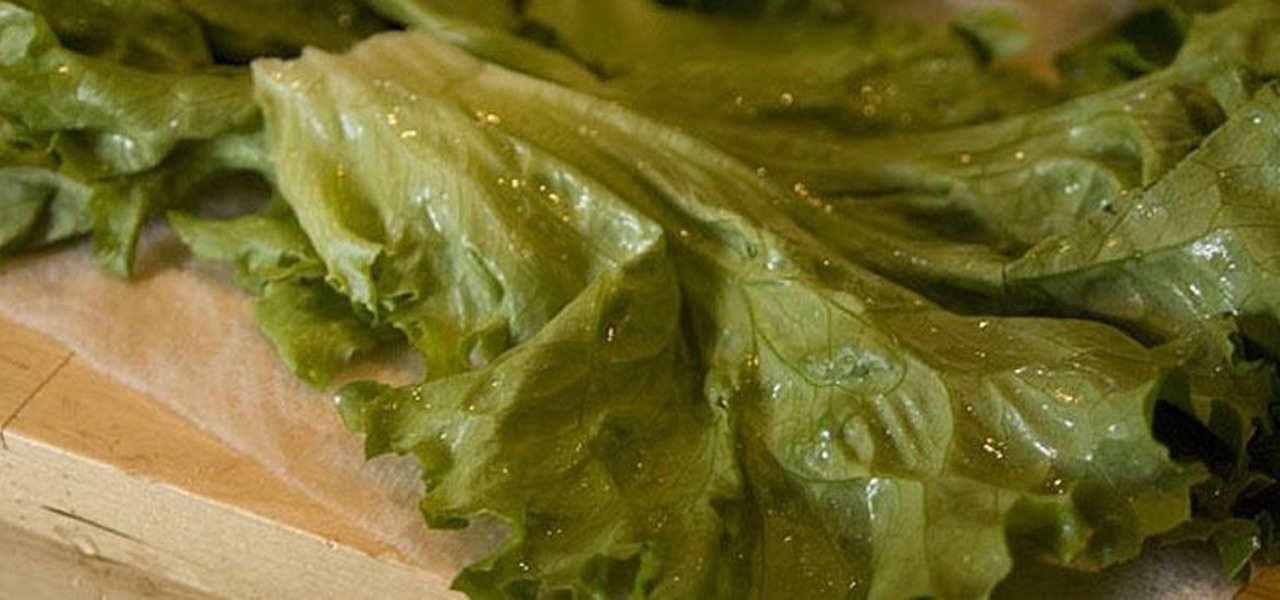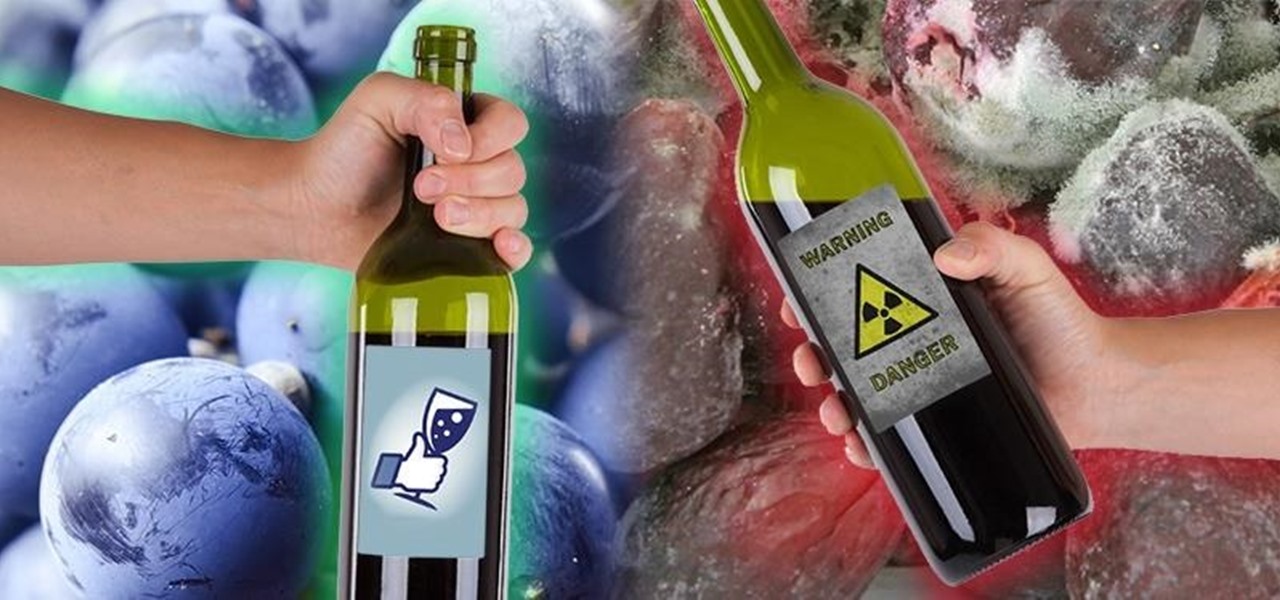
When I was a little kid, I was obsessed with shells. And while most of my shell collection came from combing the beach for treasure, some of it came from a different source: dinner. Whenever my parents had fresh clams or mussels, I would take the leftover shells, soak them overnight in soapy water, and add them to my collection.
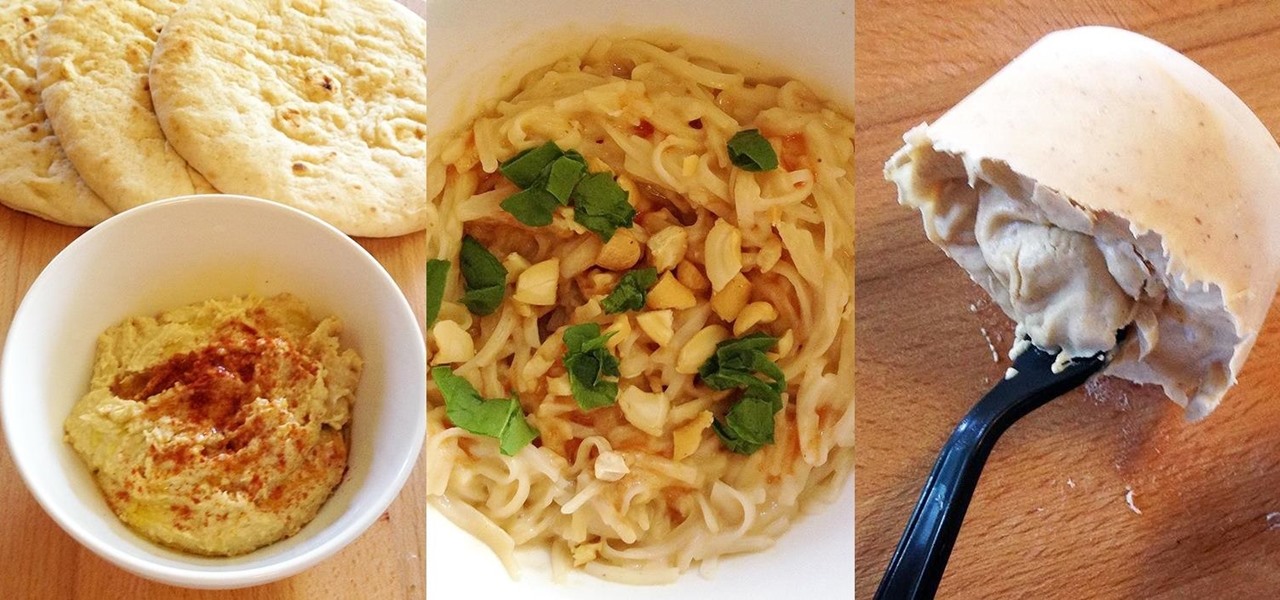
The peanut butter and jelly sandwich has officially left the building. When you eat this every other day in elementary school, you've sort of reached your limit. The thing is, peanut butter itself is delicious and quite versatile if used in the right way. Let's explore this kitchen cabinet staple and showcase it via the three dinner courses.

If you've ever turned on an episode of Iron Chef or Top Chef, chances are you've seen a contestant in gloves and goggles, yielding a canister that looks far more fit for a chemistry lab than for a kitchen. Wonder what's in the canister? Liquid nitrogen, the go-to tool/ingredient of molecular gastronomy, and one of the trendiest items in many gourmet chefs' kitchens.
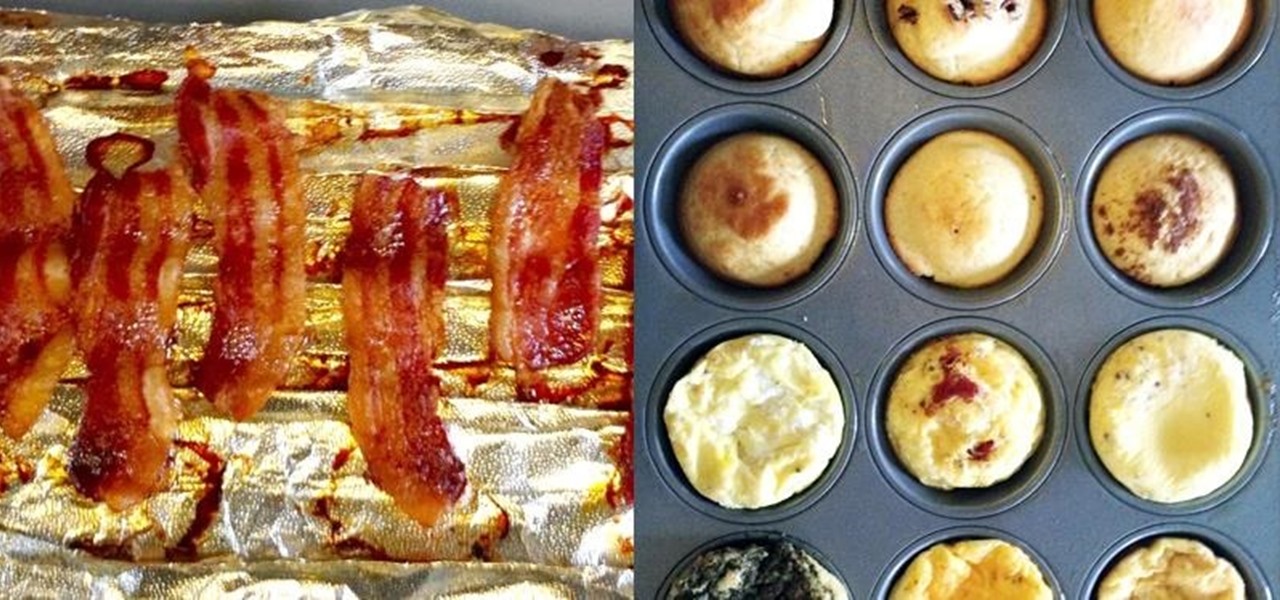
Aren't the weekends extra special when they include a bacon, egg, and pancake breakfast? We call it "Lazy Sunday" for a reason. Actually, who needs it to be a weekend? Monday it is!

Most primary cocktail ingredients just sound delicious. Lime and tonic water? Yes, please. Bitters and simple syrup? Sign me up. Egg whites and... wait... egg whites? In a cocktail?

Flowers may be beautiful, but they're not usually appetizing. Sure, nasturtiums are hip in fancy restaurants, but they're primarily used as a garnish. Granted, fried squash blossoms are incredible, but the point remains: flowers are usually reserved for looking at, not masticating.

When you think of bivalves, such as manila clams and oysters, you tend to think of the meat as being nicely tucked in the shell. Anything else would be scary, right?

Even though you may love onions, cutting them is probably a completely different story. You've really got to be a pro at slicing and dicing them without getting frustrated, and even then they can still make your cry—literally. But if you don't want to wear a pair of goggles to keep those tears from falling, you have to cut your onions in a very special way.

Other than salt, there's no ingredient that's as big a kitchen staple as olive oil. And just like salt, there are a million little known uses for it.

I have a thing for citrus in any form. If I can't get a hold of oranges or clementines, I've been known to slice up lemons and limes and eat them straight with a little bit of salt—terrible for the tooth enamel, but amazing for the tongue.

I've always had an affinity for pretty wine bottles. When I was younger, my parents and my siblings would give me their empty wine bottles so I could collect them, and I loved every single one.

When I was in college, I invited a girl over for a date. It was a glorious spring day, and I thought it would be the perfect time to fire up the unused barbecue that had been sitting on my patio all school year. I prepped all the food, chilled all the beer, and then I realized I had no way of lighting the coals for the barbecue.

I grew up in a rural town, and that meant that we dehydrated a lot of food. Even with a hungry family of five, there was no way that we could eat all of the season's tomatoes before they molded, or all of the orchard's apples before they grew soft, or all of the wild mushrooms that we picked. And so our dehydrator was always getting a good workout.

Eating flowers is a time-honored culinary tradition, from nibbling on nasturtiums to grazing on candied violets. And why not? They look beautiful and lend a unique floral flavors to salads, desserts, and anything in between.

I have a thing for black foods, whether it's mysterious, lovely black garlic (the secret to its color: fermentation) or adding charcoal powder with its reputed health benefits to cookies, cakes, and breads.

Potato peels are largely misunderstood creatures. They're shucked away from every mashed potato dish like some icky rag that has no business in your kitchen. PS: Quit it. By ditching the peels, you're not only missing out on fiber and large amounts of potassium (even more than a banana), you're tossing the potential for chewy, crunchy finger food. So the next time you're left with a plate of scraps, here are four tasty reasons to hold onto them.

Pickles are one of those rare foods that most people love, but never even think of making. Most home cooks shy away from making pickles because they take time and patience, and because the grocery store option is both cheap and delicious.

Is there anything more emblematic of Easter than marshmallow peeps? And yet, despite their popularity...does anyone actually like eating them?

These cake eggs are a gorgeous treat that also makes a delicious April Fool's Day prank. Getting a fairly humdrum breakfast of boiled eggs and fruit and discovering that it's cake instead is an eggcellent surprise, isn't it? If you want to make these for Easter instead, then they're an Instagram-worthy dessert to grace your brunch spread. This might be the only dessert that is appropriate for both April Fool's Day and Easter.

Freekeh is the next great supergrain that you might not have heard of yet. According to nutritionists, it comes out on top compared all to other grains, with more protein, fiber, vitamins, minerals, and a lower glycemic index.

Lemons and limes might be among the most useful fruits in the kitchen and even beyond. Their bright, tart flavor livens up just about any dish, while their mildly acidic nature makes them incredibly useful when you want to clean your house safely. We already knew lemons were great for keeping fruits and vegetables from turning brown, deodorizing garbage disposals, disinfecting cutting boards, and neutralizing odors. But just when we thought we knew all the ways that lemons can be used around ...

Cookies for breakfast seem like a clear dietary no-no, but these three-ingredient breakfast cookies are easy, healthy, portable, and can be made in advance. They're also dairy-free, egg-free, and have no added processed sugar, so they can also be called allergy-friendly cookies. If you use gluten-free quick oats in this recipe, they are also gluten-free breakfast cookies! Besides all of those reasons, these cookies are only about 50 calories each when they're made with just the original three...

Some nights, I'm a lazy cook and only want to chop one clove of garlic for my immediate needs instead of prepping a giant batch and freezing it the way I normally do. The only problem is if I'm already feeling that lazy, I really don't feel like dirtying a whole cutting board. However, I still want my garlic to be finely minced so it suffuses my dish with its wonderful, one-of-a-kind flavor.

If you have ever attempted to mix and shape your own meatballs or burger patties, you may have endured bits of meat continuously and stubbornly sticking to your hands. This can make shaping more challenging than it should be.

One of the golden rules to cooking a Thanksgiving turkey is to place it on a roasting rack before it goes into the oven. Missing this step and cooking it directly on the pan will burn the bottom of the bird, resulting in overcooked, dry meat.

Roasting turkey is a topic that inspires endless debate among cooks. How do you get the perfect mixture of juicy meat, crispy skin, and flavor? Everyone has a favorite technique, whether it's brining the bird or spatchcocking it. However, if you're ready to move onto Ph.D. levels of turkey cooking, you might just want to look beyond these methods and get genuinely wild.

Making a good crêpe takes practice and commitment. The batter is rich—most recipes incorporate melted butter, whole milk, and several eggs—and the cooking of the crêpe requires good technique. You have to learn to deposit and swirl just the right amount of batter to get the thinnest possible crêpe, and then learn how to loosen the entire circle and flip it over without tearing or snagging.

With the new version of Android due out very soon, Android 5.0 "Lollipop" has received a ton of press lately. It's all well-deserved, of course, because the new "Material Design" interface is absolutely beautiful.

Only a handful of food products are impervious to spoilage—dried rice, salt, sugar—but even among those, honey is unique in that it remains edible without any preparation necessary. It's like this: if you came across honey in an Egyptian tomb, as archaeologists have, you could taste it and never guess it was thousands of years old.

Ginger root is one of the most underappreciated and versatile spices around. It's simultaneously hot, sweet, and piquant. It's also a pain in the tush to peel, thanks to its thin, fragile skin and the thick, knotty rhizome that contains all the flavor.

Welcome back, my rookie hackers! Most often, the professional hacker is seeking protected information from the target system or network. This might be credit card numbers, personally identifiable information, or intellectual property (formulas, plans, blueprints, designs, etc.). Most of my Null Byte guides have been focused on getting into the system, but this only begs the question—"what do I do when I get there?"

Recipes are invaluable to cooks who are just starting out, but what if you want to get to the next level? Then it's time you learn how to apply simple math to food. In other words, learn how to cook using ratios, not recipes.

I'll freely admit that I'm a SwiftKey diehard. I've used the keyboard since its inception in 2010, and it was one of the first apps I ever paid for back in the days of my beloved Sprint Evo 4G. Since then, I've kept up with all its beta iterations, and have unabashedly installed it on various friend's devices.

Beef aficionados love a medium-rare burger, but many people are wary of meat that's on the pink or red side since it might contain bacteria. Is it possible to enjoy a burger that's perfectly juicy and yet also cooked thoroughly enough to destroy all traces of salmonella, E. coli, and other microbes that cause foodborne illness? Absolutely! You just need to know a trick (or three).

If you have a good food processor or blender, there's no reason not to make your own nut butters, whether you like almond, cashew, sunflower, or the perennial classic, peanut.

There is very little in this world that tastes as good as a glass of fresh-pressed juice. The flavors in fruit and vegetables are more clean and immediate on your palate, while the chlorophyll and nutrients seem to zip right into your bloodstream. A really great glass of fresh juice makes you feel more alive and the pasteurized versions on supermarket shelves just can't compare. However, as much as I love a glass of fresh juice, if I had to do it all over again, I wouldn't buy a juicer. The o...

I have a theory that chocolate chip cookies are the gateway drug to cooking. The recipe is easy, no special equipment is required, and at the end, you get warm, fresh-from-the-oven cookies that are simply irresistible. It's how I got hooked on baking and cooking, and anecdotal evidence (i.e. me asking my other kitchen-obsessed friends and a few culinary students) supports me.

Sometimes you've got a head of lettuce that you want to eat but it lacks a certain youth. In other words, it's wilted and browning at the edges. Other times, you get to the grocery store near the end of day and the only lettuce or greens available look a little on the sad side. Never fear. You're not doomed to a meal of fast food or mouthfuls of soggy salad. You can easily revive those leaves and have something crisp, green, and delicious for your next meal, so don't dump it in the trash.

Letting wine "breathe" isn't just something that happens in restaurants in '80s teen comedies with snooty maître d's. It's really a thing, and you should learn how to do it at home, because it'll make just about any wine—including Two-Buck Chuck—taste much, much better. It's also astonishingly easy, and despite what the Home Shopping Network may tell you, does not require buying extra gadgets.








